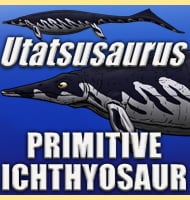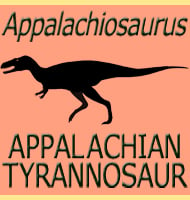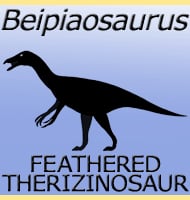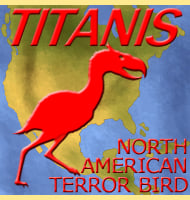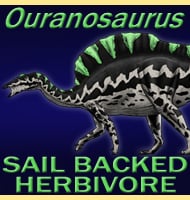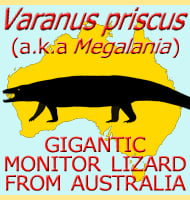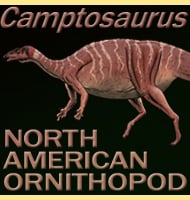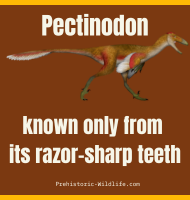In Depth
Palorchestes was a large and probably heavy diprotodont, a kind of large quadrupedal herbivore that as a group had a distribution exclusive to ancient Australia. With this appearance in mind, it seems odd that this creature should be given a name that means ‘ancient leaper’, but this is easily enough explained by the simple fact that when this genus was first named by Richard Owen in 1873, he only had a fragmentary jaw to go on. Owen believed that this jaw was actually from an ancient kangaroo, and hence the name Palorchestes was given to the genus.
Palorchestes is noted for two things in particular, the first being the large and powerful forelimbs which have very large and robust claws on the end. These are believed to have been used to pull down branches so that Palorchestes could feed upon foliage that otherwise would have been beyond reach. Ecologically this would have meant that Palorchestes would have had a similar niche to the large ground sloths of North and South America.
Second is that the skull of Palorchestes is formed so that it could have supported a short proboscis (trunk). Combined with a long tongue, as evidenced by a long lower jaw symphysis, this would have allowed Palorchestes even more flexibility and reach when feeding.
Further Reading
- On the Fossil Mammals of Australia. Part IX. Family Macropodidae; Genera Macropus, Pachysiagon, Leptosiagon, Procoptodon, and Palorchestes, Richard Owen - 1874. - A new species of Palorchestidae (Marsupialia) from the Pliocene and early Pleistocene of Victoria, K. J. Piper - 2006. - Palorchestes selestiae, a new species of palorchestid marsupial from the early Pliocene Bluff Downs Local Fauna, northeastern Queensland, B. S. Mackness - 2005. – Reconstructing Palorchestes (Marsupialia: Palorchestidae) from Giant Kangaroo to Marsupial ‘Tapir. – Proceedings of the Linnean Society of New South Wales. Linnean Society of New South Wales. 130: 21–36. – B. S. Mackness – 2008. – The extraordinary osteology and functional morphology of the limbs in Palorchestidae, a family of strange extinct marsupial giants. – PLoS ONE. 14 (9): e0221824. – Hazel L. Richards, Rod T. Wells, Alistair R. Evans, Erich M. G. Fitzgerald & Justin W. Adams – 2019.

